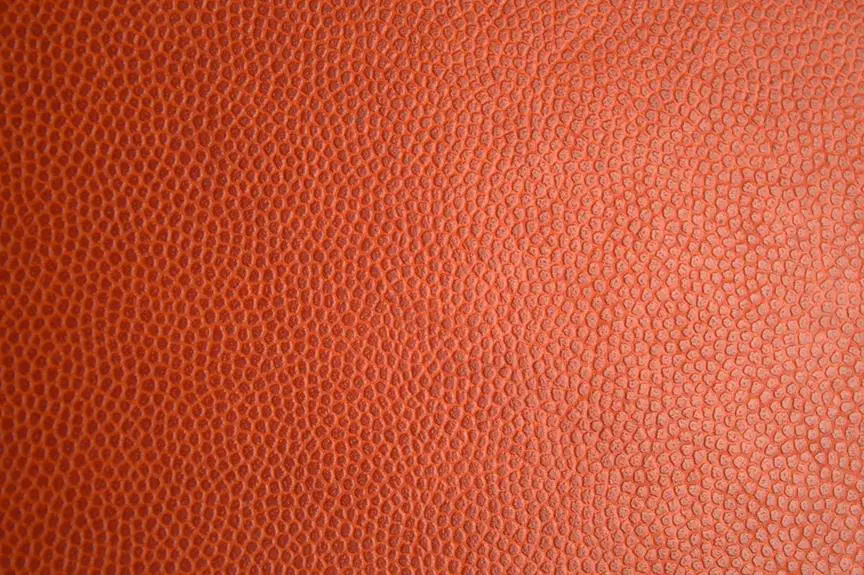When considering how duck canvas measures up against ripstop fabrics in terms of durability, it's essential to weigh their unique strengths. Duck canvas is known for its dense weave and heavy weight, making it highly resistant to abrasion and wear. On the other hand, ripstop's innovative grid pattern effectively halts rips and tears from spreading, without adding unnecessary bulk. Each fabric has its advantages depending on the intended use, but which one truly stands the test of time in various conditions? Exploring this can offer valuable insights for your next project.
Table of Contents
Overview of Duck Canvas
Duck canvas is a heavy, durable fabric made from cotton or a cotton blend, often used for applications requiring strength and resilience. You'll find it in a variety of products, from tents and awnings to backpacks and upholstery.
Its tight weave and substantial weight give it a robust quality, which means it stands up well under stress and wear.
When you choose duck canvas, you're opting for a material that can handle tough conditions. It's not just about strength; this fabric also offers versatility.
You can use it for crafting, sewing projects, or outdoor gear. Plus, it's available in various weights, typically ranging from 10 oz to 12 oz, catering to different needs.
Duck canvas doesn't just thrive in industrial or functional settings; it's also aesthetically pleasing. With its natural look and feel, it's great for creating stylish home decor items, bags, or even clothing.
It can be left untreated or finished with water-resistant coatings, adding another layer of functionality.
Overview of Ripstop Fabrics
Ripstop fabrics are designed to be lightweight yet incredibly strong, thanks to their unique grid pattern that prevents rips and tears from spreading. This structure makes ripstop an ideal choice for outdoor gear, sportswear, and military applications. You'll find ripstop materials often used in backpacks, tents, and parachutes, where durability is essential.
Here's a quick comparison of common ripstop fabrics:
| Fabric Type | Weight (oz/yd²) | Common Uses |
|---|---|---|
| Nylon Ripstop | 1.5-3.0 | Tents, backpacks |
| Polyester Ripstop | 2.0-4.0 | Jackets, awnings |
| Cotton Ripstop | 4.0-5.5 | Workwear, heavy-duty bags |
The various types of ripstop fabrics have distinct properties, allowing you to choose based on your specific needs. For example, nylon ripstop is highly water-resistant, while cotton ripstop offers breathability. Understanding these nuances helps you make informed decisions for your projects. Whether you're adventuring outdoors or constructing durable items, ripstop fabrics stand out for their reliability and performance.
Durability Factors of Duck Canvas
When comparing durability, it's essential to recognize that duck canvas is renowned for its hefty weight and tight weave, which contribute to its impressive strength and longevity.
This fabric is typically made from cotton or a cotton blend, providing excellent resistance to wear and tear. You'll find that duck canvas holds up well against the elements, making it suitable for outdoor applications like tents, tarps, and heavy-duty bags.
One significant advantage of duck canvas is its ability to resist fraying. The dense weave creates a robust barrier against rips and tears, helping your items last longer, even under challenging conditions. Plus, the thicker material protects against abrasions in high-friction scenarios.
Duck canvas also tends to maintain its shape well, reducing the likelihood of sagging or distortion over time. If you're looking for a fabric that withstands the rigors of daily use while retaining its structural integrity, duck canvas is a fantastic choice.
With proper care, it can serve you faithfully for years, proving itself as a worthy investment in durability.
Durability Factors of Ripstop Fabrics
Known for its unique construction, ripstop fabrics incorporate a reinforced pattern that significantly enhances their durability and strength against tearing and ripping. This structure typically comprises a grid of thicker threads interwoven within a lighter fabric, which helps to prevent small tears from expanding into larger ones. Whether you're using it for outdoor gear, apparel, or other applications, you can rely on ripstop to hold up under stress.
Here's a quick comparison of key durability features of ripstop fabrics:
| Feature | Benefit | Example Application |
|---|---|---|
| Tear Resistance | Minimizes the spread of tears | Outdoor gear like tents |
| Lightweight | Offers durability without bulk | Hiking backpacks |
| Moisture Wicking | Keeps you dry while wet | Activewear and sports gear |
With these beneficial factors, ripstop fabrics not only withstand heavy use but also remain manageable in weight. If you're seeking longevity in your materials, ripstop definitely stands up to the test, making it an ideal choice for a variety of demanding environments.
Comparing Durability Between Both Fabrics
Comparing the durability of duck canvas and ripstop fabrics reveals distinct advantages and limitations for various uses.
Duck canvas, known for its heavy weight and tight weave, offers exceptional resistance to wear and tear. Its thickness makes it perfect for projects needing sturdiness, like tents, bags, and workwear. You'll find it holds up well against abrasions, ensuring your items last longer in rugged environments.
On the other hand, ripstop fabrics are designed with a unique reinforcement technique that prevents rips and tears from spreading. This lightweight material is typically used in outdoor gear, such as parachutes, outerwear, and backpacks. While it may not be as thick as duck canvas, its structure helps it remain durable in situations involving movement and stress, giving it an edge in performance-oriented applications.
Ultimately, your choice depends on your specific needs. If you prioritize heaviness and ruggedness, duck canvas is your best bet. However, if you favor lightness and flexibility, ripstop fabrics might be more appropriate.
Frequently Asked Questions
What Are the Typical Uses of Duck Canvas Fabric?
You'll find duck canvas fabric used in various applications like tents, backpacks, workwear, and upholstery. Its sturdiness and versatility make it perfect for home decor projects, outdoor gear, and crafting durable items that withstand wear.
Can Ripstop Fabrics Be Waterproofed?
Yes, ripstop fabrics can be waterproofed. You can apply coatings or treatments to enhance their water resistance, making them suitable for outdoor gear. Just ensure the waterproofing method doesn't compromise the fabric's breathability or flexibility.
How Do Care Instructions Differ for Both Fabrics?
Care instructions differ significantly. You'll find duck canvas requires gentle washing, air drying, and occasional waxing. In contrast, ripstop fabrics often handle machine washing but should be air dried to maintain their integrity and finish.
What Is the Weight Difference Between Duck Canvas and Ripstop Fabrics?
Duck canvas typically weighs between 10 to 12 ounces per yard, while ripstop fabrics often range from 1.5 to 7 ounces. So, you'll notice ripstop is lighter, making it easier to carry for many uses.
Are There Eco-Friendly Options Available for Either Type of Fabric?
Yes, you can find eco-friendly options for both duck canvas and ripstop fabrics. Look for organic cotton duck canvas or recycled nylon ripstop. These materials minimize environmental impact while offering durability and functionality for various uses.
- How Does Ring Spun Cotton Affect Garment Fit and Shape Retention? - August 13, 2024
- What Are the Challenges in Producing Ring Spun Cotton? - August 13, 2024
- Is Ring Spun Cotton Suitable for Plus-Size Clothing? - August 13, 2024






